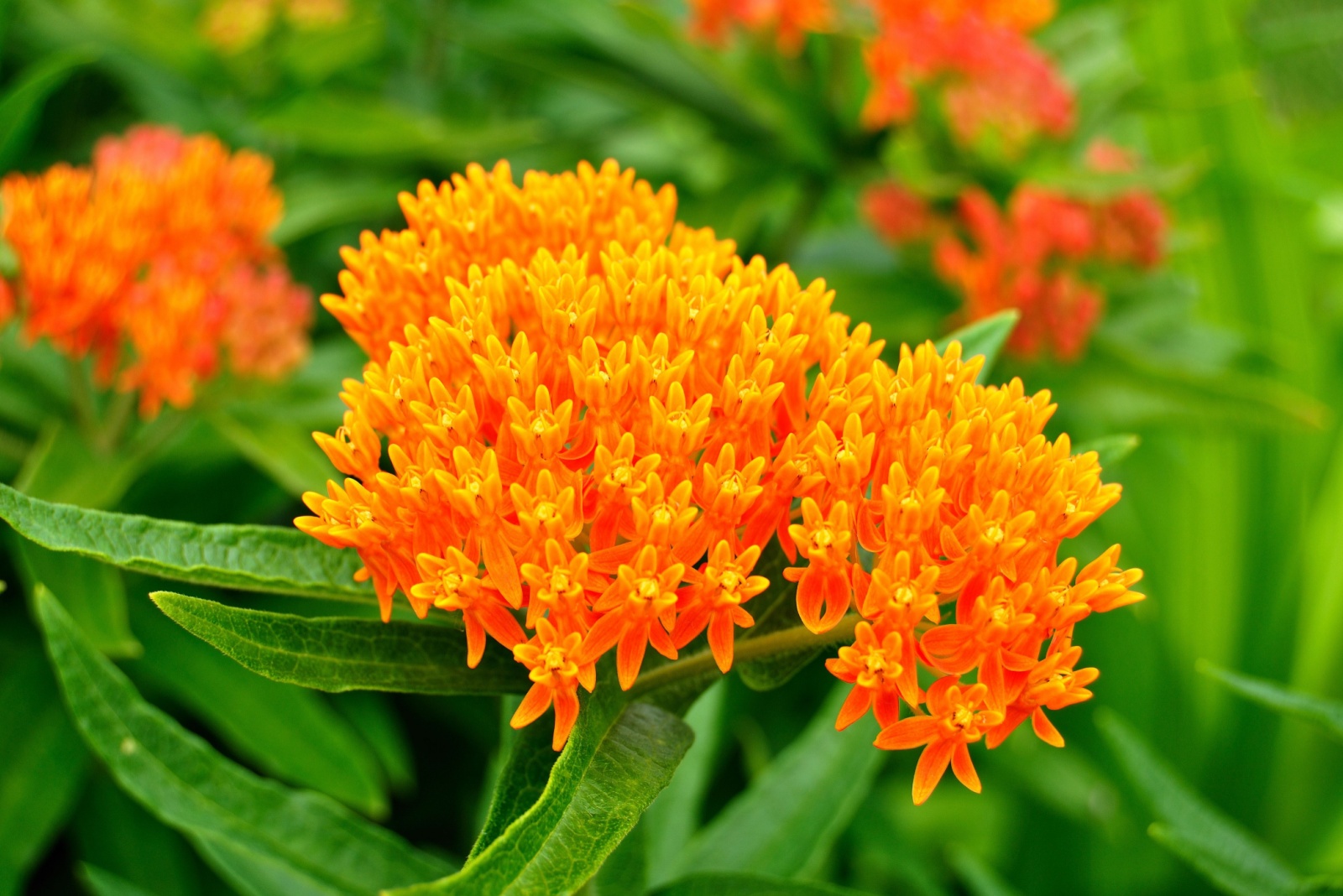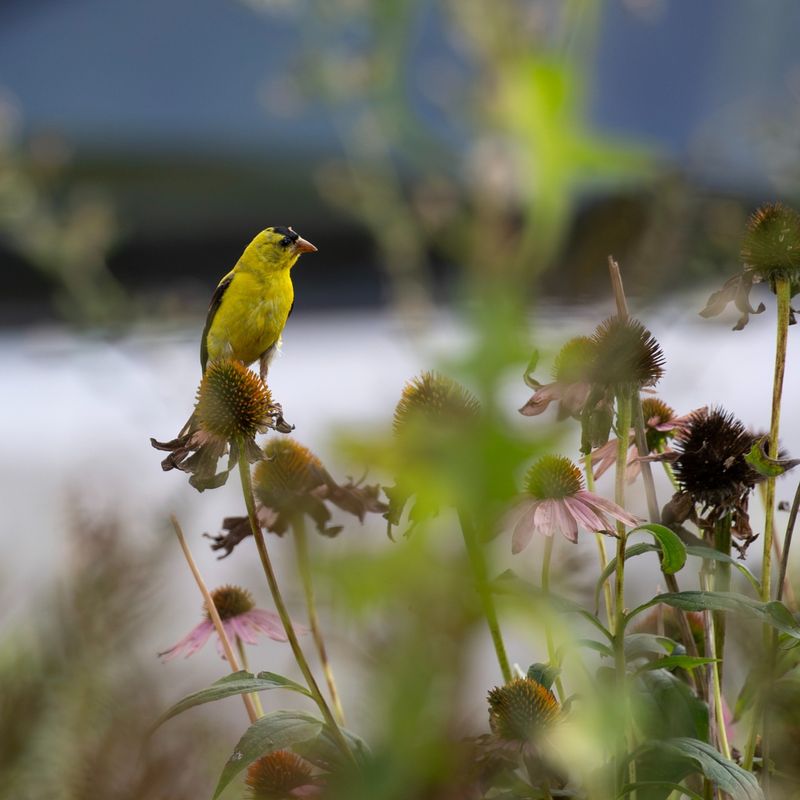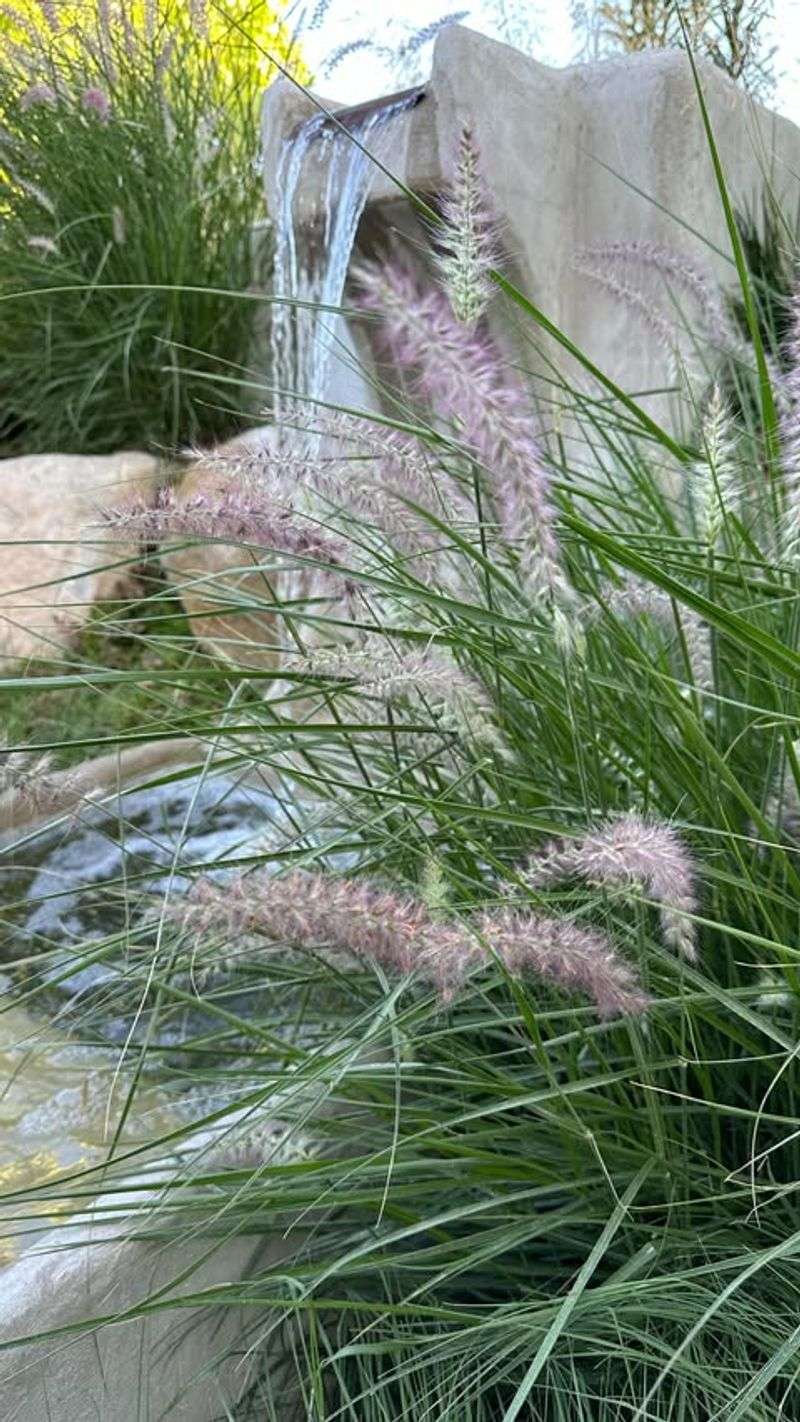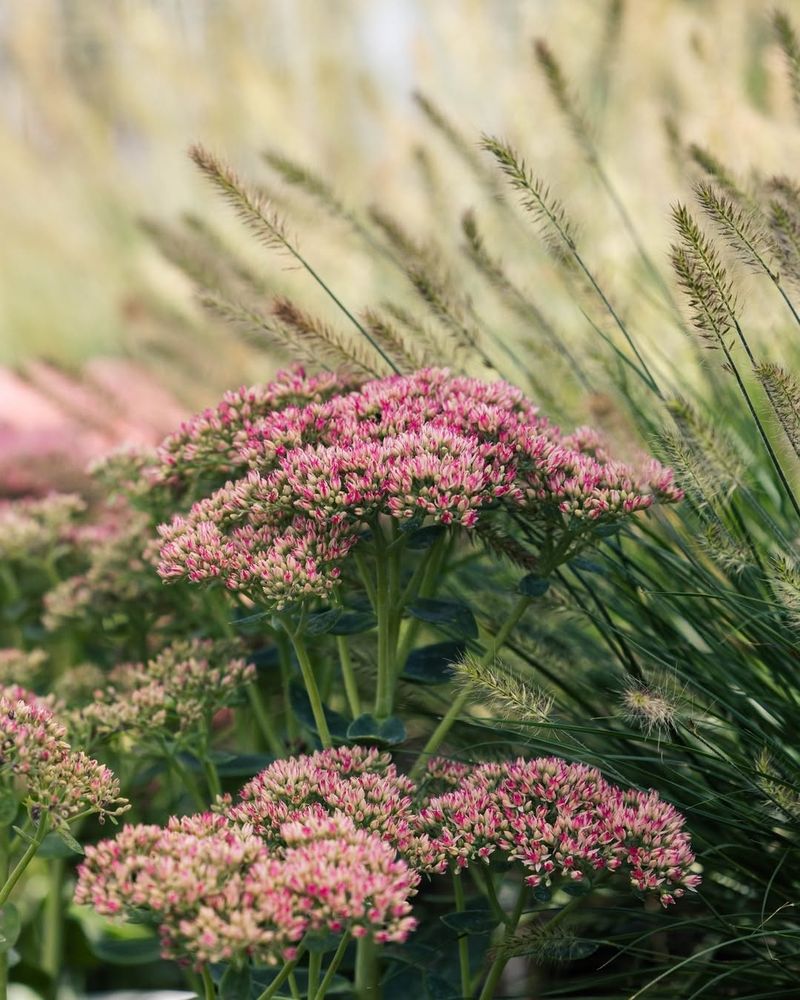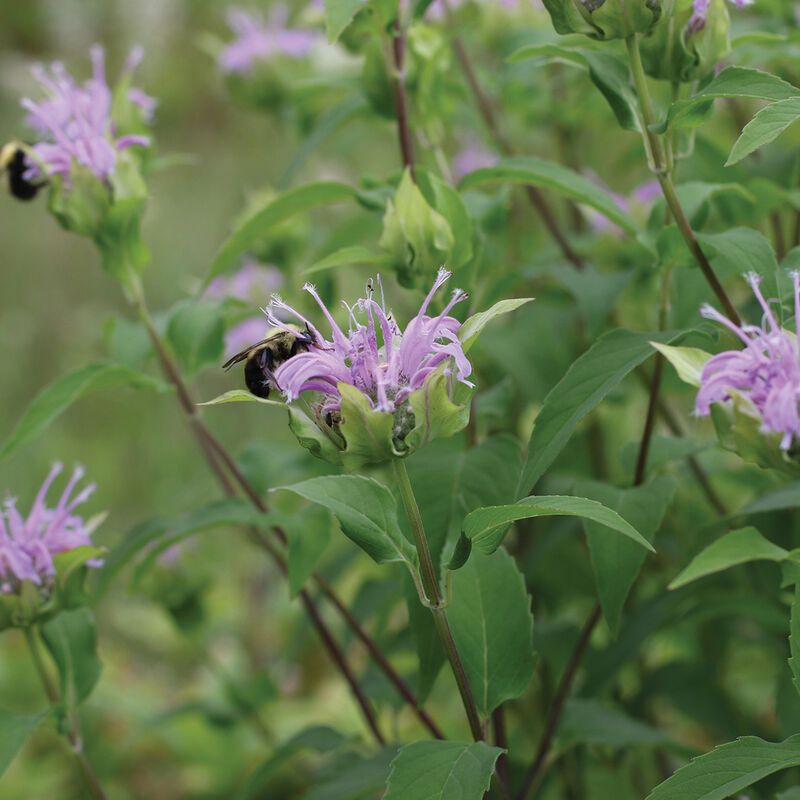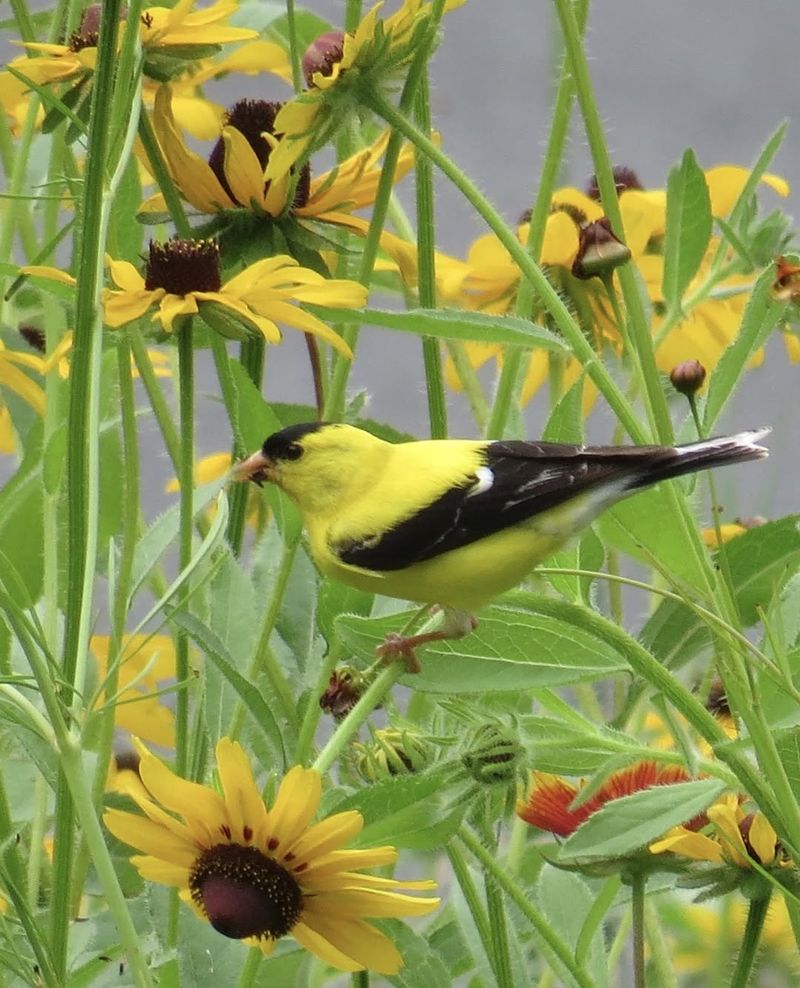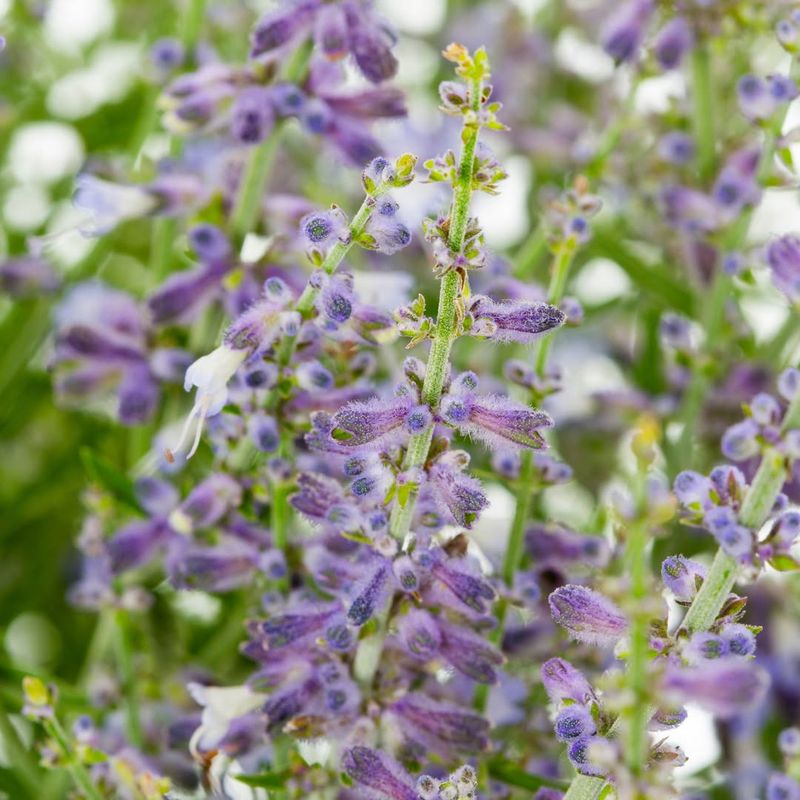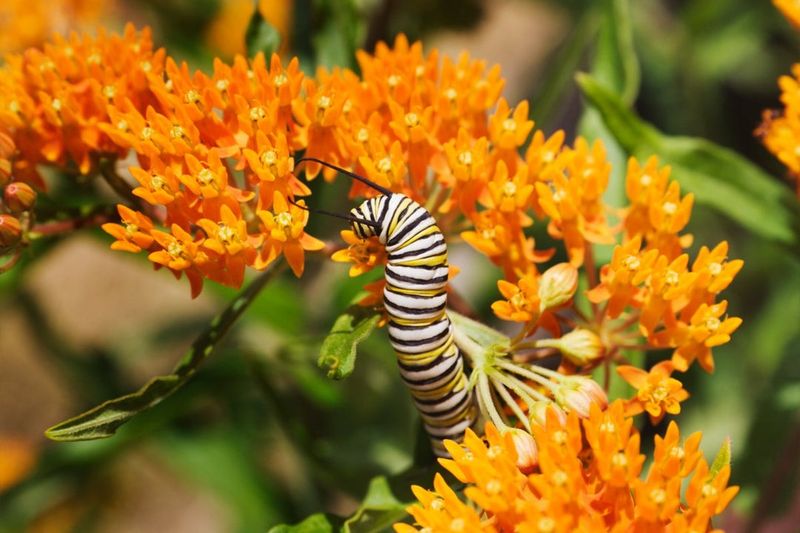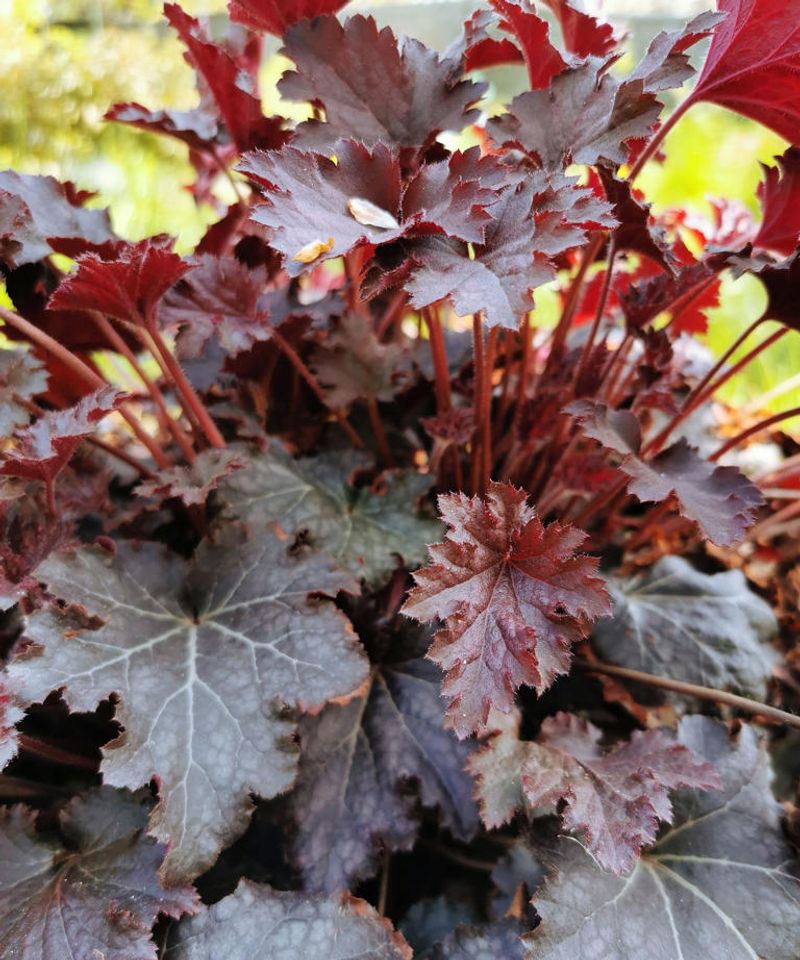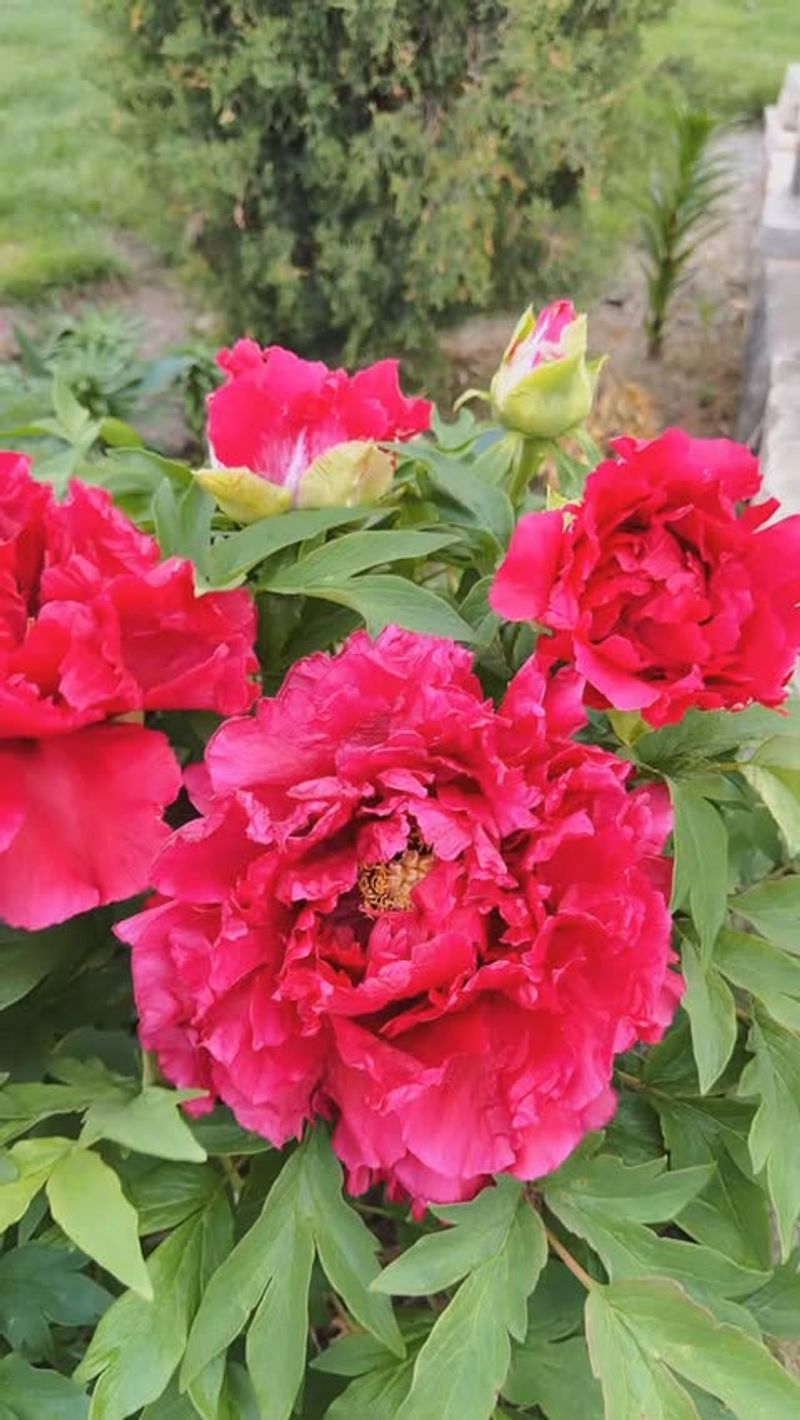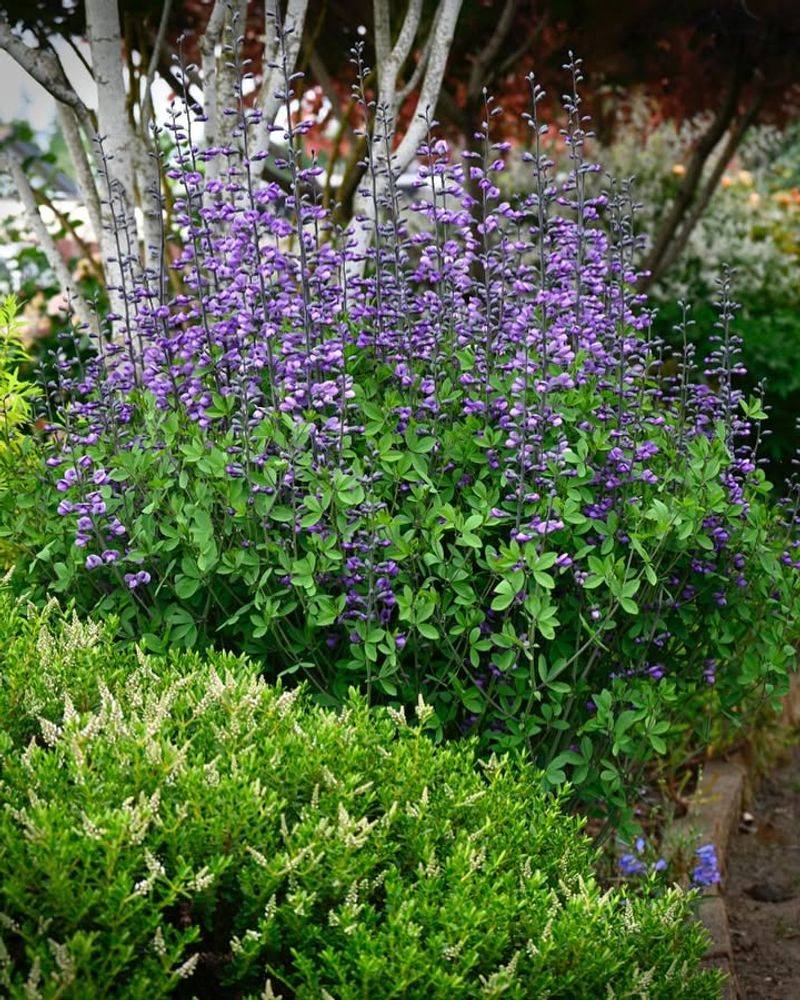Fall garden cleanup is a tradition for many Minnesota gardeners, but not all perennials benefit from autumn pruning. In our harsh northern climate, some plants actually need their spent foliage to survive winter’s brutal cold and protect emerging growth when spring finally arrives.
Knowing which perennials to leave standing can mean the difference between thriving plants and disappointing gaps in your garden next year.
1. Coneflowers: Winter Bird Buffets
Those seed heads aren’t just decorative—they’re crucial food sources for chickadees, goldfinches, and other Minnesota birds during harsh winter months. The sturdy stems also trap snow, providing natural insulation for the plant’s crown.
Many gardeners have witnessed the delightful scene of birds balancing on coneflower stems, picking out seeds during January thaws. The dead foliage protects the roots from temperature fluctuations that plague Minnesota winters.
2. Ornamental Grasses Standing Tall
Fall-pruned grasses often rot from the center out when spring moisture seeps into cut stems. Left intact, these graceful plants add movement and structure to the winter landscape while protecting their crown from Minnesota’s punishing freeze-thaw cycles.
The hollow stems act as natural straws, directing spring melt away from the plant’s center. Wait until you see new growth emerging in spring before cutting back last year’s tawny plumes.
3. Sedum’s Frost-Capped Beauty
Autumn Joy and other upright sedums develop fascinating ice formations on their flowerheads during Minnesota winters. These succulent-stemmed plants actually use their spent blooms as protection against moisture damage.
Frost and snow create stunning natural sculptures when they settle on sedum’s flat flower clusters. The stems also provide homes for beneficial insects that help your garden next season, forming a natural pest control system right in your yard.
4. Bee Balm’s Protective Winter Hat
Monarda’s hollow stems serve as winter hibernation spots for native bees and beneficial insects. Cutting them in fall removes this crucial habitat and exposes the crown to deadly temperature swings common in Minnesota’s continental climate.
The plant’s crown sits fairly high in the soil, making it vulnerable to heaving during freeze-thaw cycles. Those seemingly dead stems actually redirect melting snow away from the sensitive crown, preventing rot in our heavy spring soils.
5. Black-Eyed Susan’s Hidden Winter Role
Rudbeckia’s seed heads feed goldfinches and other small birds throughout Minnesota’s long winter. The somewhat fuzzy leaves that remain at the base help insulate the crown against temperature extremes that can kill even established plants.
Garden cleanup can wait until spring when new growth begins to emerge. By then, the seeds will have served their wildlife purpose, and you’ll clearly see where to cut without damaging new shoots starting to emerge from the crown.
6. Russian Sage Stems: Nature’s Insulators
Those silvery-gray stems aren’t just pretty in winter—they’re crucial protection for the crown below. In Minnesota’s Zone 4 gardens, Russian sage is already pushing its hardiness limits and needs every advantage to survive.
The woody stems collect snow that acts as natural insulation. Many gardeners have discovered the hard way that fall-pruned Russian sage often fails to return in spring, while unpruned plants sail through winter unharmed.
7. Butterfly Weed’s Delicate Winter Balance
Fall pruning can spell disaster for this monarch butterfly magnet. Asclepias tuberosa develops a woody crown that can rot if cut stems collect water during freeze-thaw cycles so common in Minnesota springs.
The hollow stems serve another important purpose—they mark the plant’s location during spring cleanup. Since butterfly weed emerges later than many perennials, those standing stems prevent accidental digging in the wrong spot when you’re eager to start garden work.
8. Coral Bells: Evergreen Crowns At Risk
Heuchera’s semi-evergreen foliage needs to remain intact throughout Minnesota winters. The leaves form a protective layer over the crown, preventing moisture from settling in and causing fatal rot during spring thaws.
Fall winds often blow away mulch, leaving these shallow-rooted plants vulnerable to heaving. The plant’s own foliage acts as a natural mulch, protecting the crown from extreme temperature swings. Simply clean up the tattered leaves in spring when new growth appears.
9. Peonies Need Their Fall Foliage
Cutting peony foliage too early can weaken next year’s blooms. The leaves continue photosynthesizing well into fall, storing energy in those fleshy roots that Minnesota gardeners prize so highly.
Wait until the foliage turns brown and falls over naturally—usually after a hard frost. Then cut stems at ground level to remove potential disease sites. This timing allows maximum energy storage while preventing botrytis fungus from overwintering on the foliage.
10. Baptisia’s Architectural Winter Presence
False indigo develops woody stems that protect the crown from Minnesota’s harsh winter conditions. The rattling seed pods also add delightful winter interest and sound to the garden when winter winds blow through.
The deep taproot makes baptisia drought-tolerant but also means the plant resents disturbance. Fall pruning can stress the plant unnecessarily. Simply wait until spring to cut back the stems when new growth emerges from the base.

